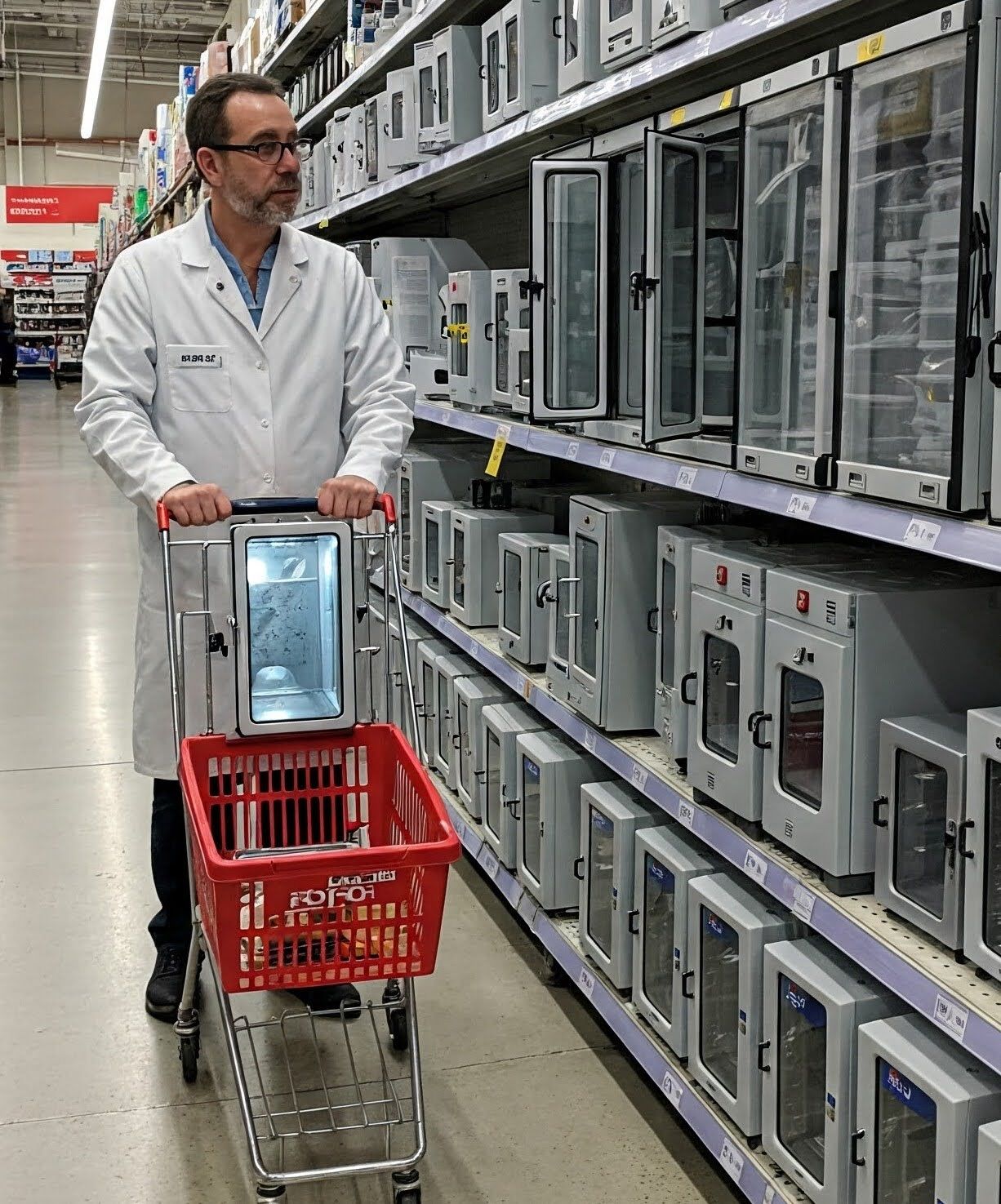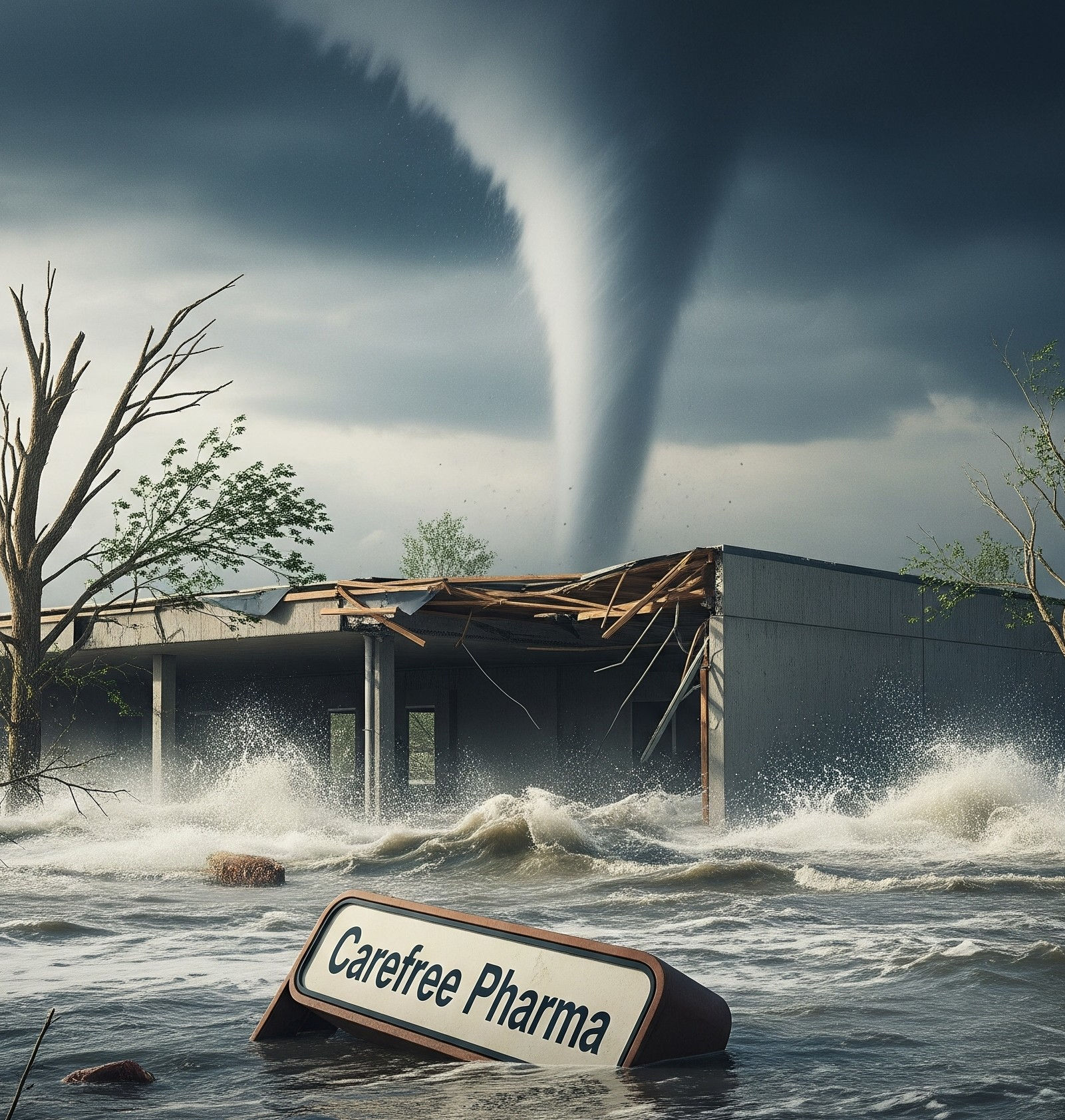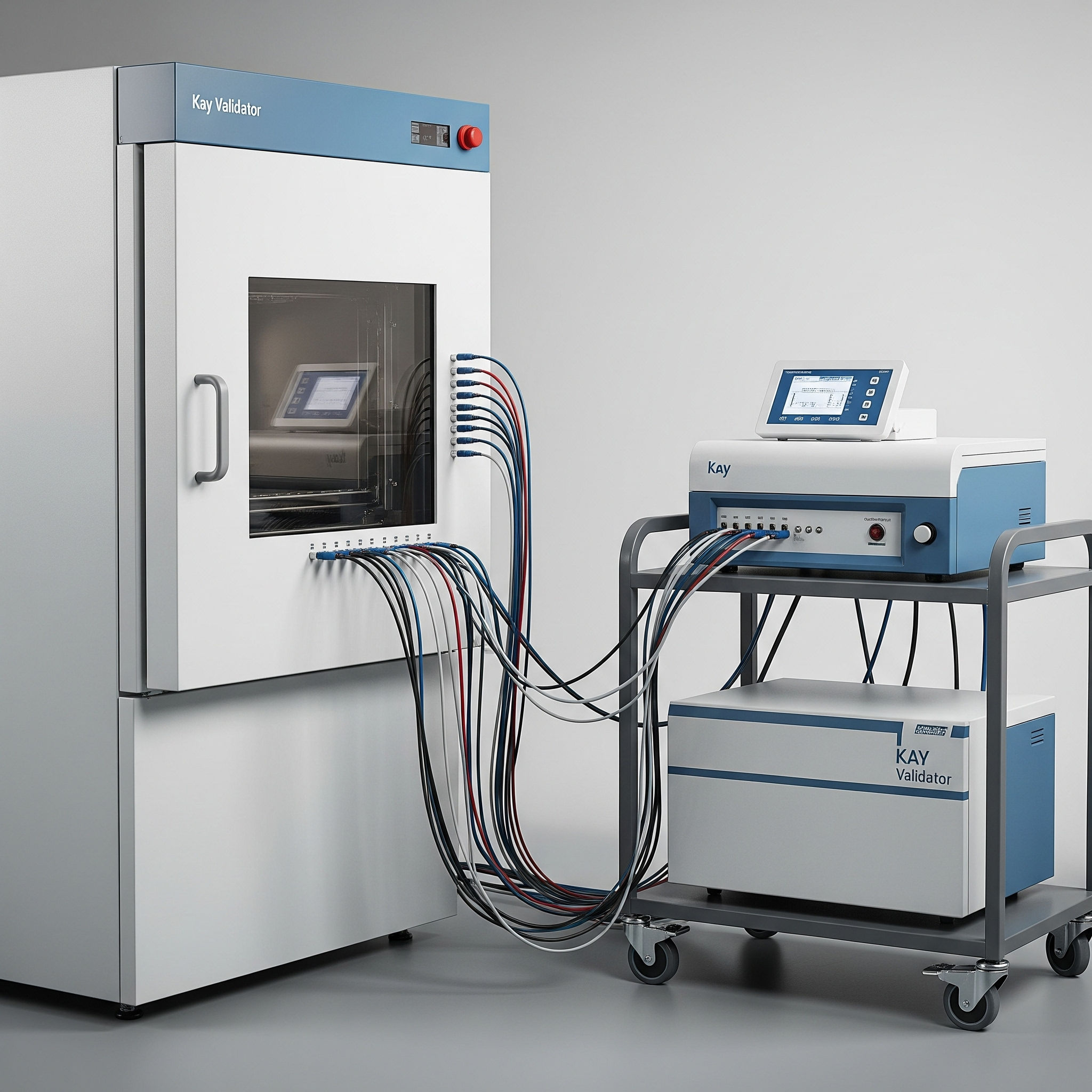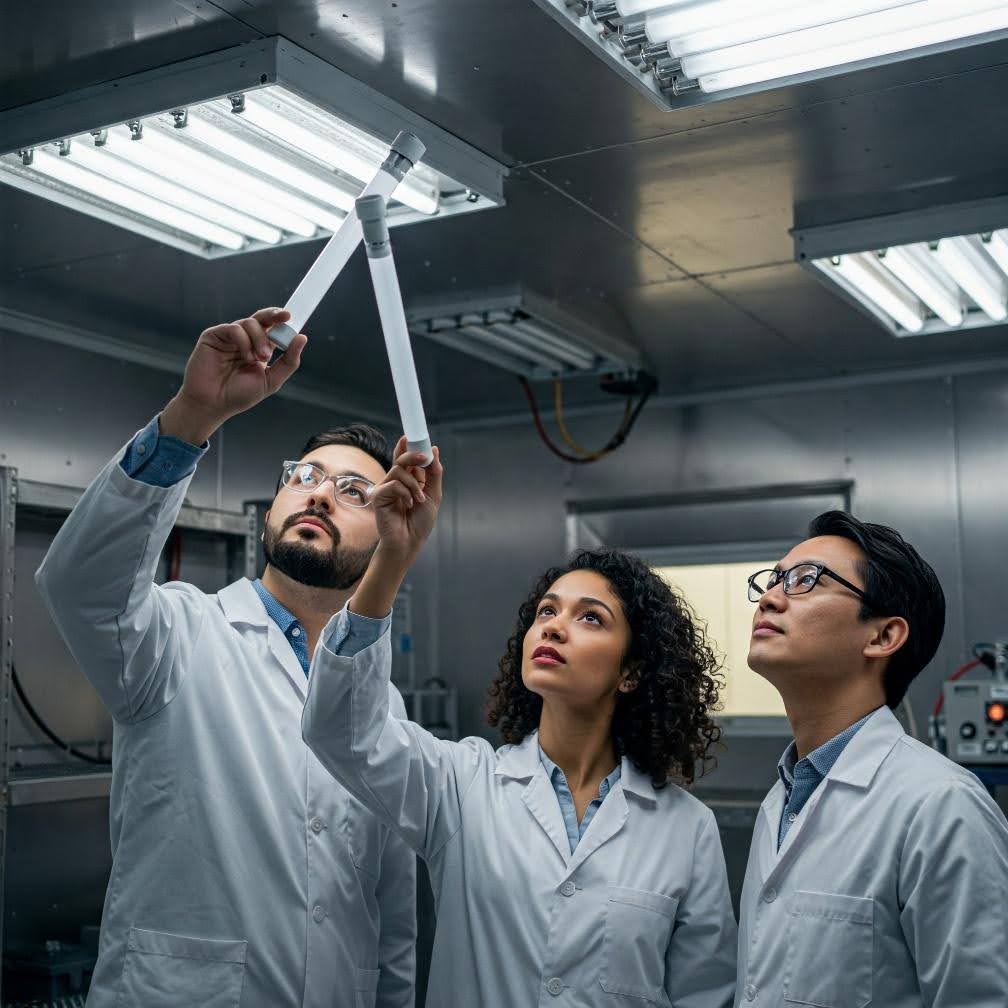When choosing a stability chamber, it’s essential to consider a range of factors that align with specific needs and conditions. Making the right decision requires assessing conditions like tolerances, space, utilities, monitoring and maintenance requirements. Below, we explore key factors that should be considered when selecting the right stability room or chamber. Collectively, these factors are incorporated into a User Requirements document that will assure that the manufacturer can supply equipment that will not only meet the needs of the User, but will be compatible with the user’s physical plant and utilities.
It might be good here to invoke a standard TV disclaimer: “Do not Attempt This at Home!” A User Requirements list is best prepared through a collaboration of stakeholders, including the Stability Group, Corporate Engineering, Facilities, Procurement, Validation, IT, QA and the chamber provider, among others. It’s a moment of supreme humiliation to have a chamber arrive on a loading dock and to find that it won’t fit through the door, or the building power connection isn’t right, or the equipment on the top is higher than the house pipelines in the ceiling. It takes a village to raise the right questions and the variety of input from experts will save time and resources throughout the process. Here are 10 areas to consider when assembling a solid User Requirements document in the quest to purchase a stability chamber.
1. Environmental Conditions and Tolerances
The fact that there is a need for a specific storage condition is usually the reason for starting this process in the first place, but beside deciding what storage conditions, also define the required tolerances for temperature, humidity and possibly light. Determine the precise range within which these parameters must remain stable, factoring in how fluctuations might impact product integrity. For example, all pharmaceuticals above refrigerated temperatures require tolerances within +/- 2°C and +/- 5% RH. The chamber should be able to maintain these limits reliably over extended periods of time. Manufacturers and suppliers of stability chambers have detailed specification documents that need to be studied and questioned to make sure they truly apply in order to avoid finding out otherwise while attempting to qualify the new units.
2. Storage Volume
The next most critical factor is to first determine the storage volume at each environmental condition. This directly impacts the amount of product that can be tested and stored without overfilling the unit or running out of space in the near future. The chamber should offer sufficient space to accommodate the required samples while allowing for proper air circulation and temperature control. It’s important to estimate both current and future testing needs to ensure the chamber’s storage volume can handle potential growth. A unit with an appropriately sized storage volume helps optimize workflow efficiency and ensures compliance with testing protocols without unnecessary constraints.
When calculating storage volumes, especially for walk-in chambers, consider height limits—minimum allowed distance from the ceiling—which is usually a local safety requirement. Also, be sure to consider shelving unit details—how many shelves and how they can be arranged. It would be very disappointing to find out that a 100 square foot room only holds 150 of the 200 sample bins because the door swings inward and eliminates one of the planned shelving units
3. Engineering and Space Requirements
Engineering considerations include the physical structure of the chamber, such as doors with windows or heated windows to avoid condensation, internal lighting for visibility, fall protection on top of the chamber for maintenance, sprinkler system, event timers for various operations, and internal escape mechanisms to avoid accidental lock-ins. Noise levels may also come into play in deciding. Choose if entry ramps are needed for ease of access, especially for larger units. It’s a major consideration to choose whether the external mechanical components of the chamber will be mounted on its “roof” or installed on the floor beside the chamber. A floor mount makes it much more accessible to technicians for repairs and service while a roof mount conserves footprint space and allows for more chambers to fit in the same room.
Space constraints play a significant role in selecting the right chamber. Carefully evaluate the footprint required for both the chamber itself and any additional space for easy access and operation. Consider how the chamber will be integrated into the facility, whether it’s a standalone unit or part of a larger system. The dimensions of doorways, corridors, and hallways leading to the chamber must also be suitable for easy transport and installation of the chamber. Consider whether the stability chamber will need to pass through tight spaces or if there’s adequate clearance for assembly and future maintenance.
4. Utility Requirements
Each stability chamber has specific utility needs, such as power, water, and sometimes gas. It’s important to ensure that the facility’s infrastructure can accommodate these demands. For example, some chambers require a direct water supply for humidity control, while others may need a constant power source with precise voltage levels. Larger systems might require chilled water, thus the need to assess the site’s chilled water capacity or consider external solutions like fluid coolers or chillers. It is also necessary to have adequate drainage and/or water containment capacity in the chamber area.
Some stability chambers use water for humidity control, and the type of water required can vary. Be sure to understand the specifications for water purity and how the supply will be managed and the possible need for a filtration system. For example, purified or deionized water might be necessary to prevent contamination or buildup in the system.
5. Ventilation Requirements
Ensure the air outside of the chamber is adequately controlled to minimize impact on the delicate environmental controls within the new unit. A walk-in chamber excessively close to an outside wall could result in a seasonal shift in humidity levels unless the proper ventilation is in place to prevent it. Similarly, impact to internal controls can occur if too many units are housed within the same space that lacks powerful enough HVAC systems and ventilation.
Air-cooled systems can put pressure on a building’s HVAC system, so evaluating its cooling capacity is essential to maintain the unit within the manufacturer’s recommended ambient conditions. The stability chamber’s performance can be influenced by external environmental factors, such as ambient temperature and humidity. Ensure the installation area maintains stable conditions within a range that supports the chamber’s performance. Ideally, chambers and external compressors should be placed in an environment free from drafts, direct sunlight, and areas that experience temperature extremes.
6. Availability of Parts and Components
Make sure replacement parts and components for the stability chamber are readily available. Having spare parts on hand can minimize downtime and prevent disruptions to testing schedules. Besides spare parts on hand, also ensure the manufacturer’s inventory and shipping process is reliable to supply replacements rapidly and well into the future. Also consider the finances of spare parts, since cost and availability of components, such as control units or sensors, can significantly impact long-term maintenance.
7. Service and Preventive Maintenance Programs
It is important that the units are quickly serviceable on site either through the manufacturer or through local technicians. If using a local service supplier, dial them in on the selection process to make sure they can and will provide the level of expertise needed. If going with the manufacturers’ service plan, an in-depth inspection of their process and possibly contacting appropriate references will help avoid extended downtimes.
Preventive Maintenance Programs are essential for long-term success. These programs are typically offered yearly, bi-yearly, or even quarterly. Outside of a PM program, ensure access by stability or service team staff to technicians trained in the specific type of stability chamber. Chambers are complex pieces of equipment, and their proper operation, maintenance, and calibration require specialized knowledge. Check for training options and support services offered by the manufacturer.
8. Connectivity (For Alarms and Performance Monitoring)
Stability chambers should have a reliable alarm system to alert users of any malfunctions, such as temperature or humidity fluctuations, power failures, flooding, or door malfunctions. An audible alarm might be sufficient if off-hours personnel are available to hear it, otherwise alarms should be configured to trigger alerts electronically and it may be beneficial to integrate them into a centralized monitoring system for remote monitoring. The type of connectivity for such a system needs to be considered with the type of network available.
In addition to alarms for outages, many manufacturers have the ability to connect, record and display all of the control inputs of a stability chamber. This capability enables some software to detect shifts in the performance that might be indicative of a potential outage, but a preemptive alarm system like this should be well-defined and planned before a purchase is made.
9. Backup Systems
Stability chambers can be fitted with dependable backup systems to protect against power failures or equipment malfunctions. These may include backup power sources, alarms, or secondary cooling/heating systems to maintain the chamber’s condition during any interruptions. Additional measures could involve keeping a spare unit available for quick replacement, having essential spare parts on hand, establishing service contracts with 24/7 emergency support, or using a combination of these options. A solid backup plan guarantees that the product testing process continues without disruption.
Note that backup systems will take up extra space and additional utilities. For example, freezer and ultra-freezer units might have CO2 or liquid nitrogen emergency backup systems. Another example could be dual air-handlers connected to a walk-in room that cycle between each other and can switch on automatically if the other one goes down.
10. Disaster Protection
Auditors love to ask about disaster preparedness, and it’s best to have a plan in place before the chamber purchase. It’s all about risk mitigation. Balancing quality and extent of investment, what risks do we need to lower and what financially realistic steps can we take to do it? Here are some disaster related questions to ask: What are ways that water can flood my unit? Will the chamber be able to withstand a building fire and possibly still protect the material inside? Will a walk-in room maintain structural integrity in a violent earthquake? If the roof of the building is blown off in a tornado will the stability chamber blow away with it?
If the chamber is installed beneath pipes or other potential sources of water leakage, ensure there is adequate protection against overhead water release. The design of the facility should safeguard against water damage, especially if the chamber’s contents are sensitive. Whether water release comes from external sources or from a failure in chamber operation, the stability area where chambers are located should have an adequate drainage system to safely conduct water to a designated disposal system.
Our disaster planning needs to mitigate the risks while they are still in a “what can go wrong” brainstorming exercise stage.
Conclusion
The User Requirements document is done and includes aspects of these 10 important factors, so now it’s time for a shopping trip. Selecting the right stability chamber is an important step in ensuring the accuracy and reliability of product testing. By carefully evaluating factors such as tolerances, space, utilities, backup systems, and maintenance needs, choose a chamber that best fits operational requirements. Additionally, considering aspects like availability of spare parts and trained personnel who will help maintain consistent performance and reduce the risk of downtime. Ultimately, a well-chosen stability chamber will provide reliable environmental conditions, supporting both regulatory compliance and product integrity for years to come.
Contributing Authors
Geoffrey Cook – COO, Parameter Generation and Control, Inc.
Geoffrey Cook has been with Parameter since 2016, starting in the test department, then leading and expanding the service department for four years. After a year as Operations Manager, he became Chief Operating Officer. With a background in Geology and Engineering from the University of Tennessee, along with additional studies in Electrical Circuit Analysis, Programming, Philosophy, and Business Management, Geoffrey is focused on driving lean evolution at Parameter while maintaining exceptional product quality as the company grows and innovates.
John O’Neill – StabilityHub
John is a life-long Stabilitarian with 50 years of experience in the medical product industry. His career has taken him from Registered Pharmacist to Liquids and Semi-solids Formulator at Sterling Winthrop, QC Manager at Sanofi-Aventis, Medical Device Quality Steward at Boston Scientific, Independent Consultant, Principal Stability Specialist for Biologics at Genentech, Associate Director for Stability at both Gilead and Regeneron, and is now the founder and editor of stabilityhub.com, an industry information website covering many aspects of the medical product stability function. John is also the founder and facilitator of the Pharmaceutical Stability Discussion Group, an organization dedicated to sharing trends, questions, solutions and experiences related to the stability function.
Walter Routh – Sagana Consulting
Walter Routh is a contributing editor for the stabilityhub.com website. He is also founder and CEO of Sagana Quality Consulting dedicated to improving pharmaceutical stability programs’ efficiency, compliance, and cost savings. Walter Routh worked for 27 years in the pharmaceutical stability industry at a Fortune 500 company and coordinated harmonization of stability procedures with 14 global stability sites. Through his work ranging from hands-on product stability coordination to managing the primary US stability and reference standard group he has practical experience in commercial stability issues, both on the storage and logistics side as well as on the scientific and regulatory side. Walter managed all types of stability studies for a variety of dosage forms and delivery mechanisms. During his tenure, Walter improved efficiencies, reduced costs, digitalized his programs, and worked to implement numerous cutting-edge technologies such as real time statistical analysis, validated shipping lanes, fully digital chain of custody, and automated statistical reports with graphics, for a stability program with well over 1000 active studies for over 40 product families.
Share This Article with the Stability Community!
June 10, 2025
Disasters occur whether we plan for them or not, but planning ahead to mitigate their impact and recover from their damage can make a big [...]
June 2, 2025
So, you’ve gone through the process of formulating user requirements, chamber selection and purchase. With the equipment in place; how do we go from this [...]
April 26, 2025
It’s Stability Information Month and time to go a little further than regulations and processes and talk about people, namely the ones who comprise the [...]
Share your questions and experiences
A stabilitarian encounters new situations every day. StabilityHub’s discussion forums give Stabilitarians an opportunity to ask questions and offer solutions to specific scenarios. Join in the conversations with other Stabilitiarians and share your knowledge!
A stabilitarian encounters new situations every day. StabilityHub’s discussion forums give Stabilitarians an opportunity to ask questions and offer solutions to specific scenarios. Join in the conversations with other Stabilitiarians and share your knowledge!





